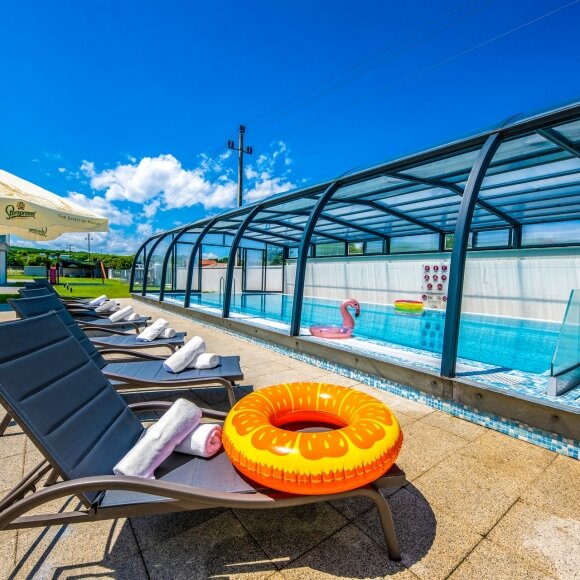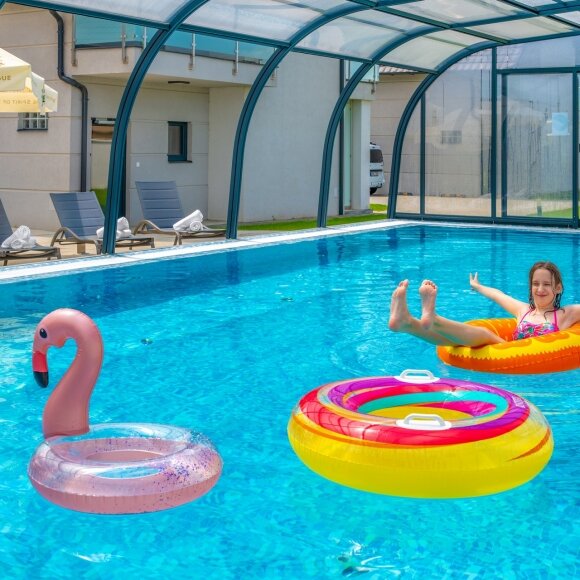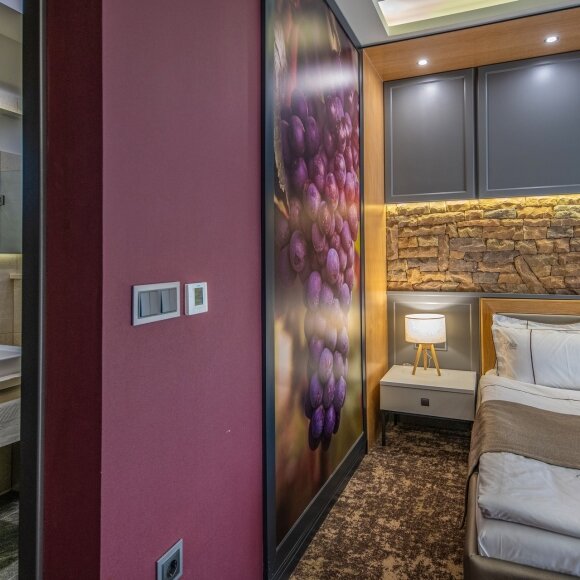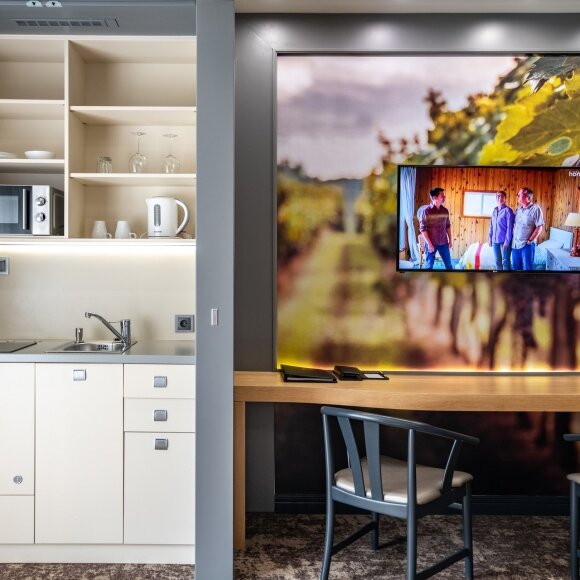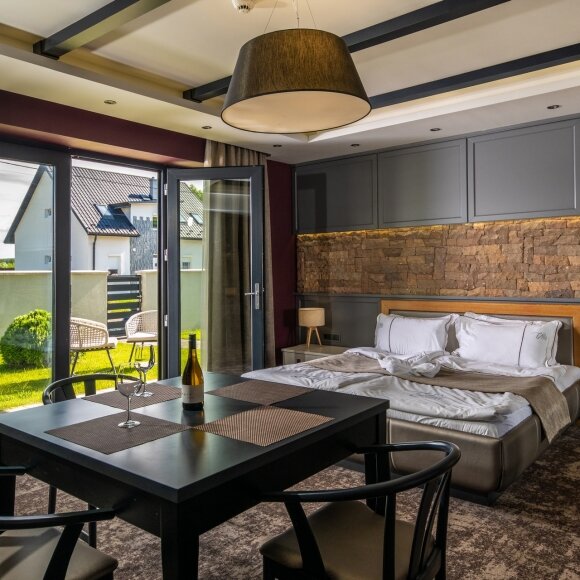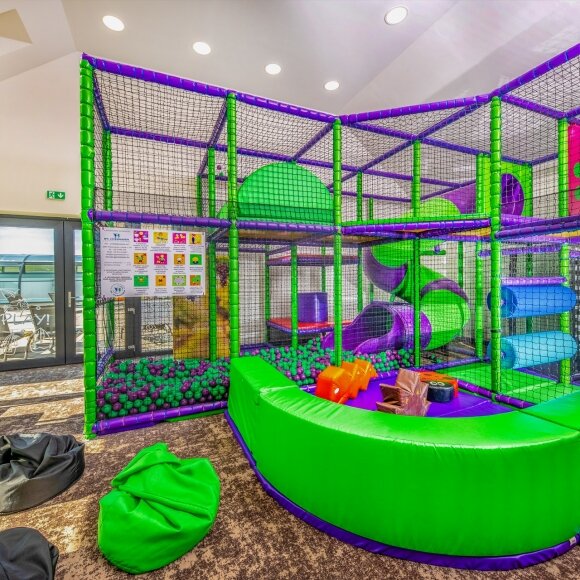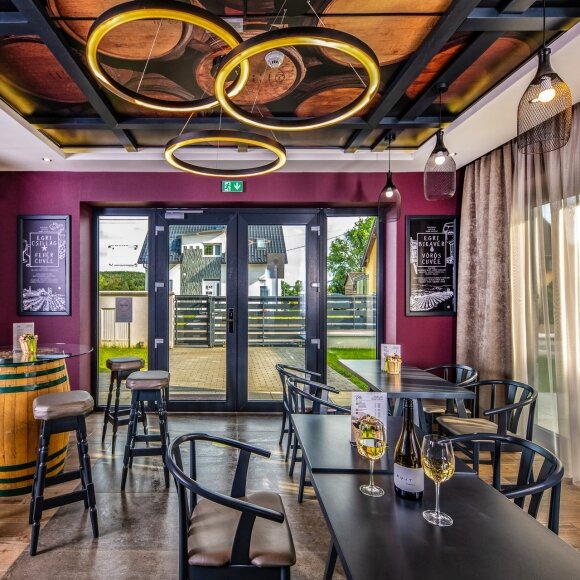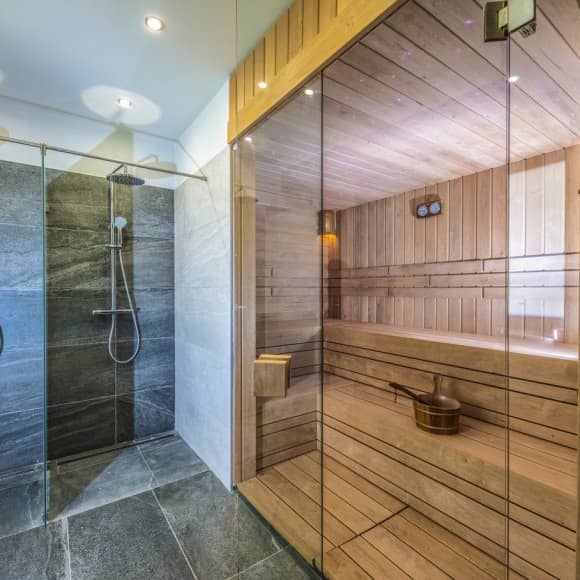Sights Trip
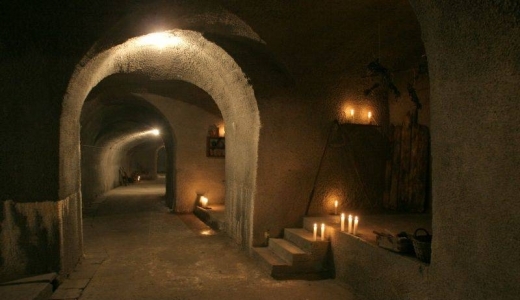
„City under the city” time tunnel
- 3300 Eger, Városfal str. 1
- Opening hours
- +36 30 538 9017
- City under the city time tunnel
- Ticket prices
The „City under the city” is one of the exhibition places in a part of the cellar system under Eger.
Entrance from the Városfal str. at number 1, it opens from the former House of Candle Wines (now a time tunnel). The cellar system is open all year round. In the first half of the ~45 minutes walk, the past and present of the cellar, cellar construction, viticulture, winemaking are presented. The Visitors are introduced to second-century professions and occupations.
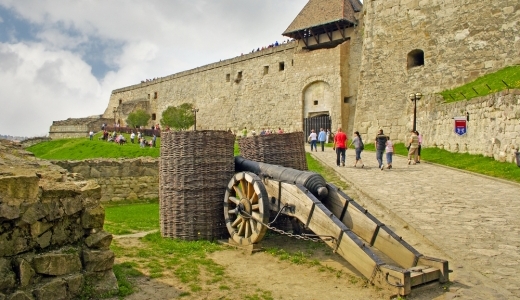
Eger Castle
- 3300 Eger, Vár lane 1.
- Opening hours
- +36 36 312 744
- Eger Castle
- Ticket prices
In the Gothic Bishop's Palace we can get to know the story of the castle, in the casamates we can discover everyday life of a border castle in the 16. century. On the Calvary hill we can enjoy the view. The castle is quite big, we can discover it individually or we can choose the tour led by the warriors who tell you many exciting stories
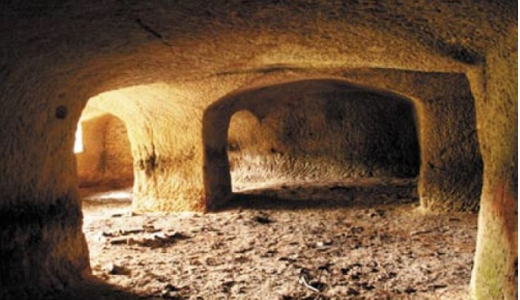
Cave dwellings
- 3395 Demjén - 4,6 km
- Free
The cave dwellings represent the architecture and building culture of the people. The cave dwellings were built by almost without exception by the direct production workers (farmer, craftsman, contract worker). The most significant cave dwelling complexes can be connected to the areas once known for their quarrying, including Demjén. In Bükkalja they were built not only of stone, but also in stone. This is best illustrated by the large number of wine cellars in the village (304 in total).
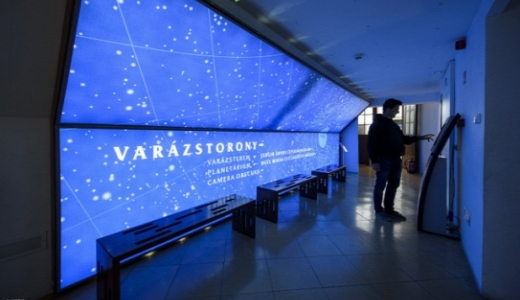
Magic Tower
- 3300 Eger, Eszterházy square 1.
- Monday-Sunday 9:30-15:30
- + 36 30 221 9376
- 1.000 - 1.300 HUF/person
Located in the bulding of the Eszterházy College of Eger. The only permanent exhibition in Hungary, which present 18th century astronomical telescopes and measuring instruments in their original surroundings.
The Magic Tower fascinates both young and old ones. The playhouse brings science closer to the younger generation, and the panoramic terrace is the city’s tallest lookout tower, with more than 300 stairs leading to it - but it’s worth the challenge because of the sight ahead. In the magic room, we can understand physical phenomena, because the discipline is brought closer by tangible experiments from mechanics through optics to electromagnetism. In the Planetarium we can embark on a short journey around the Earth, follow the birth of the Solar System and gain an insight into the history of astronomy.
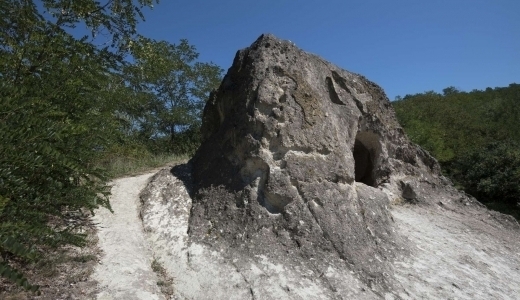
Highwaymen’s hiding beehive stone
- 3394 Egerszalók, Ady Endre street - 900
- Free
Rhyolite tuff formed 10-20 million years ago got hardened by hot siliceous solutions accompanying volcanic eruptions at some places and that is how tuff cones rose. According to some theories, beehive stones used to be cave dwellings since researchers have found some pottery, but the word beehive in its name suggests that the niches were really beehives.
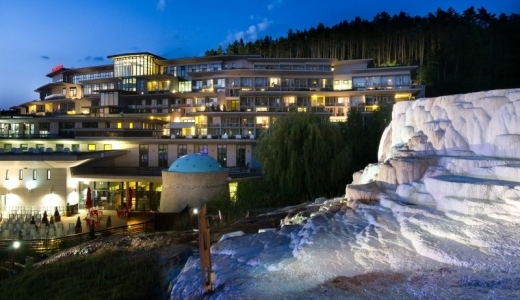
Salt hill
- 3394 Egerszalók, Forrás str. 4. – 1,5 km
- Free
Egerszalók's real attraction, on the southern side of the village, is the thermal spring erupting from the earth (410 meters from below). The water’s temperature is 65-68 °C. The water running down the hill created 1200 m2 of spectacular limestone deposits, which is unique in Europe. The salt hill is under local protection. Since the thermal bath were established, the hill can be approached on a walking path. When the sun sets, the hill has the colours of the rainbow. The thermal springs, the thermal bath and its surroundings gained the classification of health resort in 2016.
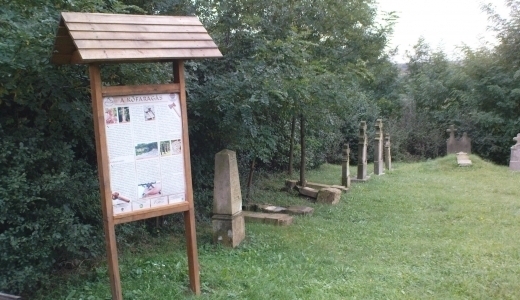
Graveyard
- 3395 Demjén, Temető u. - 5 km
- Free
The local cemetery has several richly carved stone tombstones from the end of 19th, beginning of 20th century representing the great past of local stone carving.
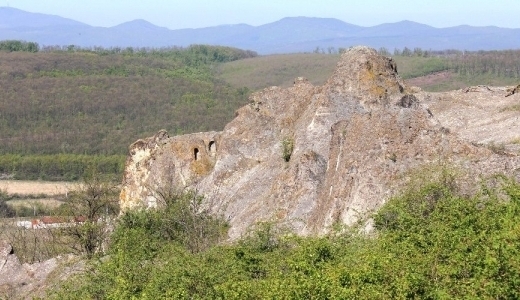
Hegyeskő-top
- 3395 Demjén - 5,0 km
- Free
Mysterious „beehive- stones” are on the top of the hill above the hotel and bath complex in Demjén Thermal Valley, the can be approached on a path
Thanks to its close location it is ideal for shorter walks, the view from the top of the hill is breath-taking.
There are 8 rocks with nitches on Hegyeskő with 36 nitches.
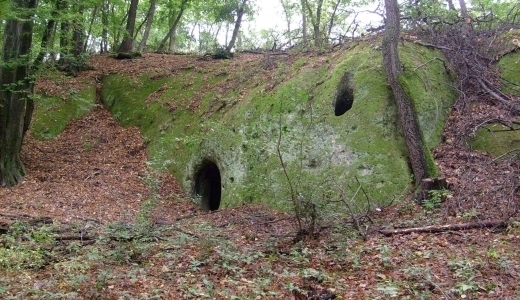
Hermit-home
- 3395 Demjén - 5 km
- Free
According to the tradition the room was inhabited by hermits. When entering the cellar even nowadays can be seen traces of the former fireplace and bed and the store recess carved into the rock functioning as a shelf. Traces of 6 nitches can be seen on the rock wall. The rock room is a good example that those having lived here carved not only their side buildings, but their dwellings, too, and even the furniture of the rooms (beds, tables, fireplace) into the rhyolite tuff.
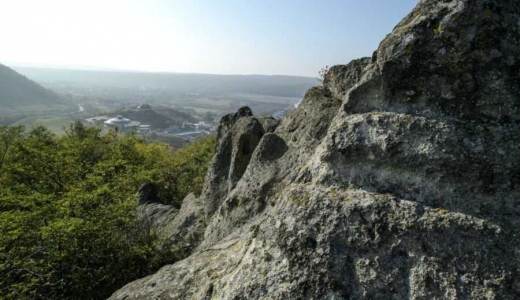
Demjén beehive stone
- 3395 Demjén - 4,0 km
- Free
There are 23 cabins on the rock wall of Bányaél (Kő-tető), which rises above the center of Demjén, with holes and channels carved into the surface of the artificial roof. To the north of the village, the western rocky range of the Hegyeskő-crag connected to "Pünkösd" hill is the Hegyeskő-hilltop , on which five separable beehives rise.
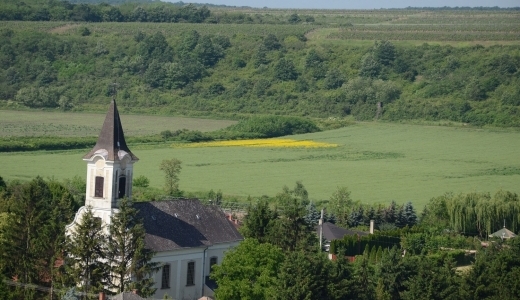
Church of Saint Antony of Padua
- 3395 Demjén, Széchenyi István street 34. - 4,8 km
- Free
In the Church of Saint Antony of Padua in Demjén nice stone carvings traditional in the village can be seen.
The church was designed by Giovanni Battista Carlone in Baroque style in 1730-32. Its tower and the enlargement of the nave was made in 1777-1779, that is what can be seen nowadays. The main altar is the work of József Grossmann and János Miller (around 1782). The Rococo and late Baroques side altars are also from the 18th century. The pulpit is of late Baroque style, was made together with the main altar.
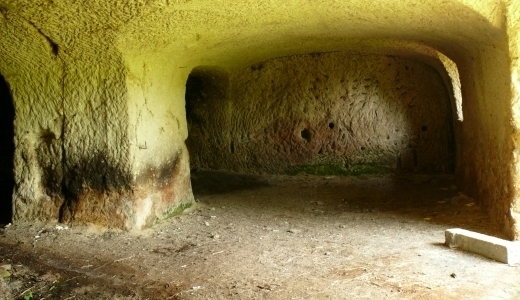
Stone shed
- 3395 Demjén - 5 km
- Free
In the north-eastern edge of the village there is a monumental-size stone shed carved in the southern side of Hegyeskő, now covered with shrubs.
In this region people often used to carve their dwellings and side building into rhiolite tuff lime stone. Besides smaller farm buildings (stores, barns) and wine cellars of bigger size often huge stone sheds big enough to give shelter to whole sheep flocks or cattle herds were carved into the hill. This shed supported by several pillars carved from the rock is of 200 m2 size.
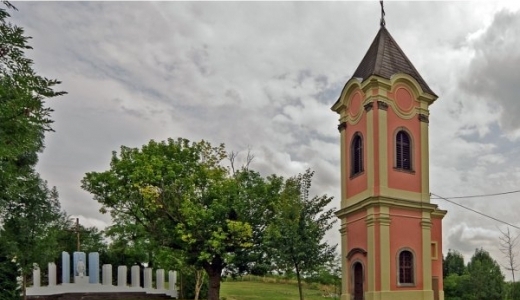
Roman Catholic Church
- 3394 Egerszalók, Kossuth street 63. - 1,7 km
- Open: half an hour before the Mass or 3 pm – 5 pm on Tuesdays and Thursdays.
- +36 36 474 033
- www.egerszaloktemplom.hu
- Free
Egerszalók has been the place of healing since the 18th century. The pilgrimages started because of the story of a blind girl’s miraculous healing. There was a church in the village in the Middle Ages already. The baroque church built in 1738 based on the plans of an Italian architect, Giovanni Battista Carlone is still visible.
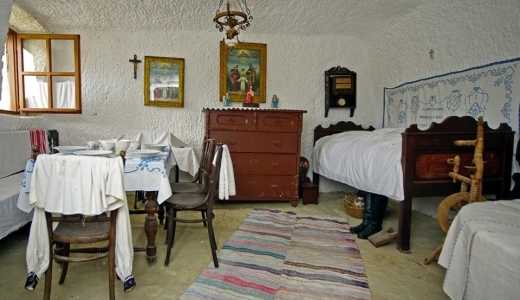
Cave Dwellings and Saffron Garden
- 3394 Egerszalók, end of the Sáfrány street - 1,4 km
- 9:00 - 16:00
- +36 30 753-3543
- www.barlanghazak.hu
- Adult: 600 Ft, Child/Pensioner: 400 Ft, Family ticket: 1600 Ft, Supplementary ticket to enter 3D cinema: 400 Ft, Family supplementary ticket: 1200 Ft
The connected cave dwellings of Sáfrány street preserve the local history, architecture, the peasant culture’s vanished traditions and its remaining pieces of Egerszalók and its surroundings. Rhyolit tuff stone of the upper layer of the rocks at the foot of Bükk mountains from the valley of Tarna river to Miskolc is easy to cut and carve, it is watertight and operates as insulation in its natural state and is suitable for habitation. There are 18 settlements with cave dwellings remaining at the foot of the Bükk mountains. 33 cave-dwellings existed in Egerszalók in the middle of the 19th century. Some of them were still inhabited in the 1960’s, others are still used as summer kitchens.
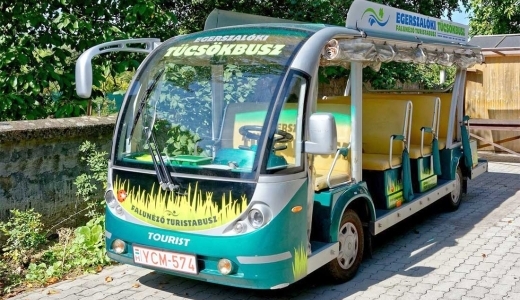
Village Tour on the Cricket Bus
- 3394 Egerszalók, Széchenyi István str. 9. - 1,0 km
- The bus leaves on Saturdays from May 1st, 2018 till June 16th, 2018 at the following times: 10 am, 11 am, noon, 2 pm, 3 pm, 4 pm. The following timetable is valid from June 18th, 2018. The travel time is ca. 45 minutes, the final station is at the cave dwellings (end of Sáfrány street), but upon request, you can return to the departure point as well.
- +36 36 200 029
- www.barlanghazak.hu
- Adult: 800Ft, child: 450Ft
The village tour on the Cricket bus provides a great opportunity to see and get to know the sights of the village while receiving musical guide service on the bus.
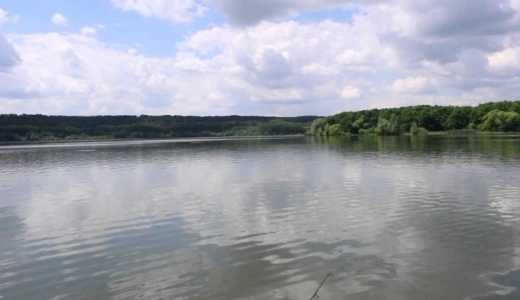
The lake of Egerszalók
- 3394 Egerszalók, Laskó - 17 km
- According to the Fishing Policy
- www.egerszalokihorgaszto.hu
- According to the Fishing Policy
The lake was created in 1982 by swelling the Laskó stream. Its function is to control the streamflow of the Laskó stream and provide flood rescue. There used to be an agricultural, cultivation area where now the lake is located, so there are bushes and trees underwater. They provide excellent habitat for fish, especially for predators. There is a former course of a stream in the middle of the lake, the water can be 7 meters deep there. The average water depth of the lake is 3 meters. The lake’s avifauna is remarkable. There are 217 bird species living in the area, of which 171 is protected and 28 is specially protected.
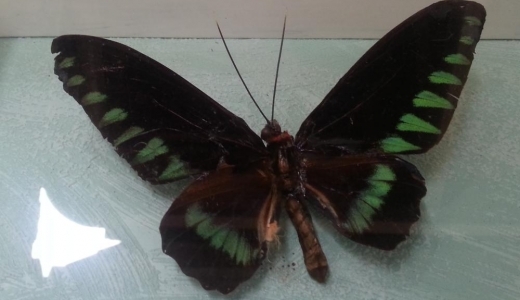
Butterfly Museum
- 3394 Egerszalók, Sáfrány str 59.
- Every day 9 am- 7 pm
- +36 36 789 050
- No
- 450 Ft
Several tropical butterflies can be admired besides the – normal and bigger seized – European butterfly species, like one of the biggest ones of the world: the big Atlas Butterfly (Attacus Atlas). There is only one Open-air Butterfly Museum in Eastern Europe: it is in Egerszalók, Hungary.

